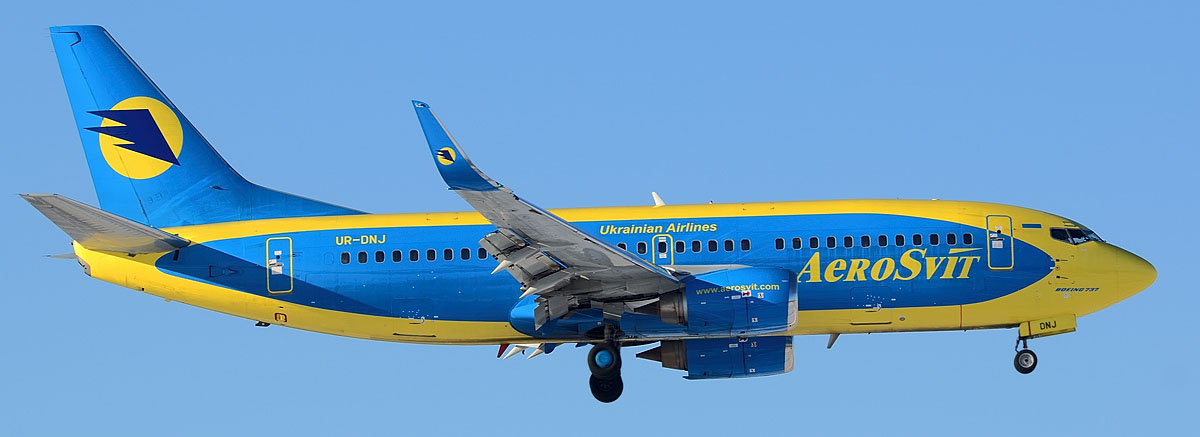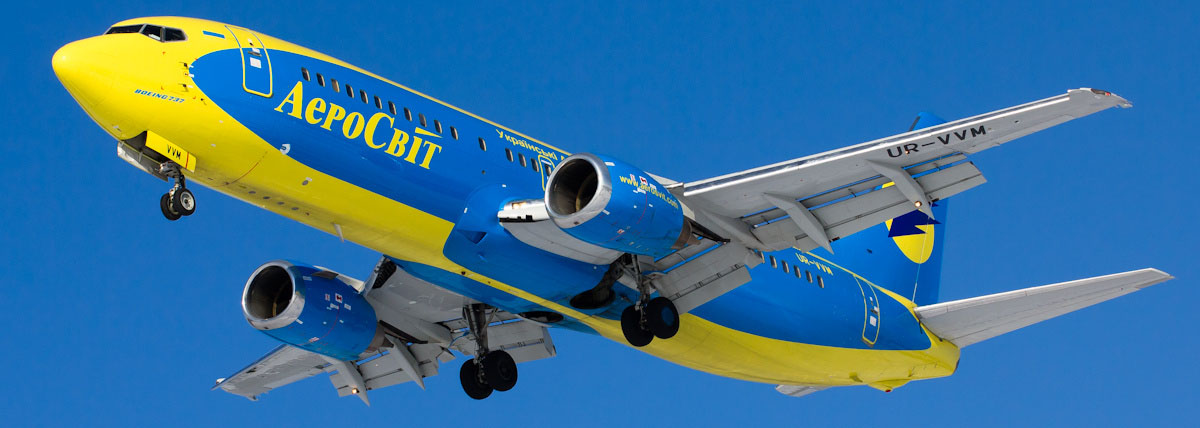Weight and Balance
Weight and balance 

 Contents: 1. Introduction. General. 2. Airlines fleet familiarization. 3. Pre-planning, Load planning. 4. Aircraft centre of gravity calculation and completion of loadsheet. 5. Information to crew about special categories of loads (NOTOC). 6. Making last minute changes (LMC). 7. Practical work. 8. Examination. General The purpose of loadcontrol is granting a safe operation of every flight in respect to the weight and balance of the aircrafts.We must make sure that any dangerous goods and/or miscellaneous special loads are loaded according to regulations.By correct loading of baggage, we ensure that passenger baggage is delivered on time after arrival and the transfer of baggageconnecting to other flights is granted. Loadcontrol can be performed manually or on an EDP system.Every loadcontroller must be able to issue manual documents in case of system failure. Load Control duties • Precalculation• Loading Instruction• Loadsheet• Notification to Captain• Dispatch of necessary messages after departure of the aircrafts. Policy • Safety always has first priority!• Priority sequence of economy, punctuality and passenger comfort depends on the situation.• Correct application of load control rules has priority over other station work, including punctuality. Loadcontrol Manuals As you can not know all necessary information by heart, it is very important that you are used to work with the manuals andmake sure that the manuals are updated and easy to consult at your working place. AHM The AHM (Aircraft Handling Manual). It contains regulations, guidelines and information for ramp handling, loading,loadplanning and load control, e.g. passenger, crew, ULD weights, dangerous goods, live animals, messages etc.The information in this manual is valid for any aircraft type and any station worldwide. Weight and Balance Manuals and AHM560 for Aircrafts Specific aircraft information is published in the W&B Manuals. It exists for every aircraft type. It contains regulationsand information such as maximum weights, cabin configurations, hold versions, loading regulations and restrictions etc,generally speaking all information which varies for different aircraft types. Additional Manuals In certain cases, you might also need information published in other manuals:PHM The PHM (Passenger and Baggage Handling Manual) is the manual for passenger handling.In the PHM you can find information on passenger and baggage handling.IATA AHM Danger Goods Regulations Live Animal Regulations Other… Terminology Maximum landing weight (MLAW / MLDW) - the maximum weight at which the aircraft may normally be landed. The weight may be limited to a lesser weight when runway length or atmospheric conditions are adverse. The maximum landing weight may be exceeded only by the weight of the burn-off fuel. These limitations are laid down by the aircraft manufacturer. Maximum take-off weight (MTOW) - the maximum allowable weight at the start of the take-off run. The take-off weight for a particularflight may be limited to a lesser weight when runway length, atmospheric conditions or other variables are adverse. The maximum take-off weightmay be exceeded only by the weight of taxi fuel. MTOW is basically dependant on air pressure, location of aerodrome, weather, rwy conditions and most of all engine pipelines. Maximum zero fuel weight (MZFW) - the maximum weight authorized for the aircraft not including fuel load. These limitations are laid down by the aircraft manufacturer. Maximum taxi weight (ramp weight) - the maximum gross weight for ground maneuver. Basic Weight (BW) The Basic Weight of an aircraft consists of:• Weight of the empty aircraft (structure, systems, engines, irremovable systems etc.)• Standard loose equipment (seats, emergency equipment, unusable fuel, oil, etc.) Dry Operating Weight (DOW) The Dry Operating Weight of an aircraft consists of:• Basic Weight• Crew (including the crew baggage)• Pantry (catering, containers, dishes, meals, drinks, newspapers, toys etc.) Operating Weight (OW) The Operating Weight of an aircraft consists of:• Dry Operating Weight• Take-off Fuel Deadload The deadloads is the total weight of the following items:• Passenger's checked baggage (BAG or BT, BC, BY)• Cargo (CGO or C)• Mail (M)If loaded in Unit Load Devices, the weight of the ULDs is also added to the deadload. Traffic Load (Payload) Allowed Traffic Load (maximum traffic load) The Allowed Traffic Load is the maximum load capacity (weight) that may be accepted on a flight. It depends on the structuraland operational maximum weights of an aircraft and on the quantity of fuel needed for a flight. Total Traffic Load (actual traffic load) The Total Traffic Load consists of:• Passengers (PAX)• Deadload Underload The Underload is the difference between the Allowed Traffic Load and the Total Traffic Load.Allowed Traffic Load - Total Traffic Load = Underload Underload is the weight that still is available until the limiting maximum weight is reached. Block Fuel The Block Fuel is the TOTAL amount of fuel on board before starting engines. Taxi Fuel The Taxi Fuel is the amount of fuel used from time of engine start and taxiing until the aircraft has reached the take-off point.The Taxi Fuel has been standardized each aircraft type, with exception for certain airports. Take-off Fuel (TOF) Weight of the fuel on board when the aircraft releases the brakes for take-off.Block Fuel - Taxi Fuel = Take-off Fuel Trip Fuel (TIF) The Trip Fuel is the weight of the precalculated fuel consumption from brake release to touch-down at the next intended landing point. Burn off Fuel The Burn off Fuel is the fuel that has been burned. It's the sum of Taxi and Trip fuel. Reserve / Remaining Fuel The Reserve Fuel is the quantity of fuel left in the tanks after touch-down at the intended landing point. It consists of contingency(to cover deviations due meteo, routing, flight levels), alternate (to reach the alternate airport), company (for specific operationalrequirements, e.g. approach procedures), final reserve, additional and extra fuel (amount taken at the commanders's discretion). Please register to get more information
Contents: 1. Introduction. General. 2. Airlines fleet familiarization. 3. Pre-planning, Load planning. 4. Aircraft centre of gravity calculation and completion of loadsheet. 5. Information to crew about special categories of loads (NOTOC). 6. Making last minute changes (LMC). 7. Practical work. 8. Examination. General The purpose of loadcontrol is granting a safe operation of every flight in respect to the weight and balance of the aircrafts.We must make sure that any dangerous goods and/or miscellaneous special loads are loaded according to regulations.By correct loading of baggage, we ensure that passenger baggage is delivered on time after arrival and the transfer of baggageconnecting to other flights is granted. Loadcontrol can be performed manually or on an EDP system.Every loadcontroller must be able to issue manual documents in case of system failure. Load Control duties • Precalculation• Loading Instruction• Loadsheet• Notification to Captain• Dispatch of necessary messages after departure of the aircrafts. Policy • Safety always has first priority!• Priority sequence of economy, punctuality and passenger comfort depends on the situation.• Correct application of load control rules has priority over other station work, including punctuality. Loadcontrol Manuals As you can not know all necessary information by heart, it is very important that you are used to work with the manuals andmake sure that the manuals are updated and easy to consult at your working place. AHM The AHM (Aircraft Handling Manual). It contains regulations, guidelines and information for ramp handling, loading,loadplanning and load control, e.g. passenger, crew, ULD weights, dangerous goods, live animals, messages etc.The information in this manual is valid for any aircraft type and any station worldwide. Weight and Balance Manuals and AHM560 for Aircrafts Specific aircraft information is published in the W&B Manuals. It exists for every aircraft type. It contains regulationsand information such as maximum weights, cabin configurations, hold versions, loading regulations and restrictions etc,generally speaking all information which varies for different aircraft types. Additional Manuals In certain cases, you might also need information published in other manuals:PHM The PHM (Passenger and Baggage Handling Manual) is the manual for passenger handling.In the PHM you can find information on passenger and baggage handling.IATA AHM Danger Goods Regulations Live Animal Regulations Other… Terminology Maximum landing weight (MLAW / MLDW) - the maximum weight at which the aircraft may normally be landed. The weight may be limited to a lesser weight when runway length or atmospheric conditions are adverse. The maximum landing weight may be exceeded only by the weight of the burn-off fuel. These limitations are laid down by the aircraft manufacturer. Maximum take-off weight (MTOW) - the maximum allowable weight at the start of the take-off run. The take-off weight for a particularflight may be limited to a lesser weight when runway length, atmospheric conditions or other variables are adverse. The maximum take-off weightmay be exceeded only by the weight of taxi fuel. MTOW is basically dependant on air pressure, location of aerodrome, weather, rwy conditions and most of all engine pipelines. Maximum zero fuel weight (MZFW) - the maximum weight authorized for the aircraft not including fuel load. These limitations are laid down by the aircraft manufacturer. Maximum taxi weight (ramp weight) - the maximum gross weight for ground maneuver. Basic Weight (BW) The Basic Weight of an aircraft consists of:• Weight of the empty aircraft (structure, systems, engines, irremovable systems etc.)• Standard loose equipment (seats, emergency equipment, unusable fuel, oil, etc.) Dry Operating Weight (DOW) The Dry Operating Weight of an aircraft consists of:• Basic Weight• Crew (including the crew baggage)• Pantry (catering, containers, dishes, meals, drinks, newspapers, toys etc.) Operating Weight (OW) The Operating Weight of an aircraft consists of:• Dry Operating Weight• Take-off Fuel Deadload The deadloads is the total weight of the following items:• Passenger's checked baggage (BAG or BT, BC, BY)• Cargo (CGO or C)• Mail (M)If loaded in Unit Load Devices, the weight of the ULDs is also added to the deadload. Traffic Load (Payload) Allowed Traffic Load (maximum traffic load) The Allowed Traffic Load is the maximum load capacity (weight) that may be accepted on a flight. It depends on the structuraland operational maximum weights of an aircraft and on the quantity of fuel needed for a flight. Total Traffic Load (actual traffic load) The Total Traffic Load consists of:• Passengers (PAX)• Deadload Underload The Underload is the difference between the Allowed Traffic Load and the Total Traffic Load.Allowed Traffic Load - Total Traffic Load = Underload Underload is the weight that still is available until the limiting maximum weight is reached. Block Fuel The Block Fuel is the TOTAL amount of fuel on board before starting engines. Taxi Fuel The Taxi Fuel is the amount of fuel used from time of engine start and taxiing until the aircraft has reached the take-off point.The Taxi Fuel has been standardized each aircraft type, with exception for certain airports. Take-off Fuel (TOF) Weight of the fuel on board when the aircraft releases the brakes for take-off.Block Fuel - Taxi Fuel = Take-off Fuel Trip Fuel (TIF) The Trip Fuel is the weight of the precalculated fuel consumption from brake release to touch-down at the next intended landing point. Burn off Fuel The Burn off Fuel is the fuel that has been burned. It's the sum of Taxi and Trip fuel. Reserve / Remaining Fuel The Reserve Fuel is the quantity of fuel left in the tanks after touch-down at the intended landing point. It consists of contingency(to cover deviations due meteo, routing, flight levels), alternate (to reach the alternate airport), company (for specific operationalrequirements, e.g. approach procedures), final reserve, additional and extra fuel (amount taken at the commanders's discretion). Please register to get more information


Post new comment